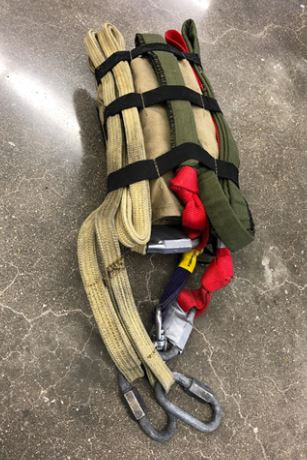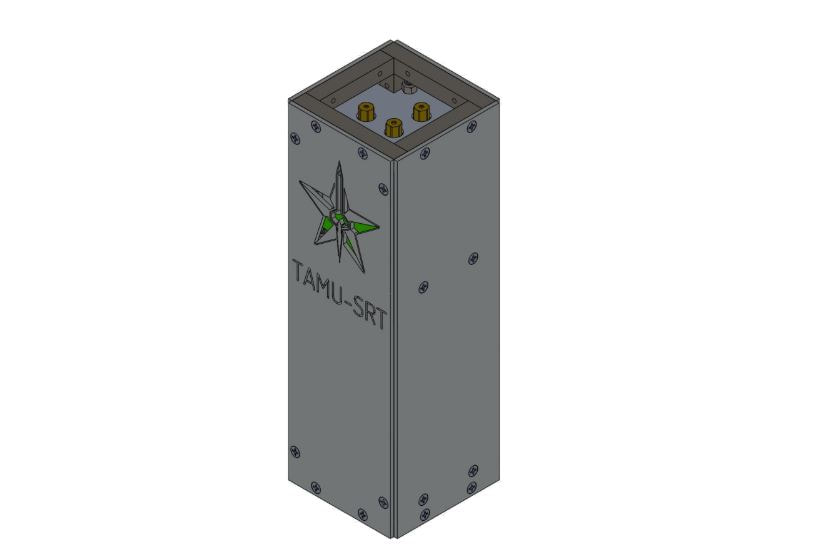About us
Our team is selectively formed every year with one goal in mind - design, analyze, test, and build a rocket that competes at the Intercollegiate Rocket Engineering Competition (IREC), hosted by the Experimental Sounding Rocket Association (ESRA). We divide our workload over eight sub-teams in order to fully manage the responsibilities of assembling a rocket. Although funded in part by the university, we require assistance from other sponsors in order to create the parts required for our rockets. Unlike most rocketry teams, we craft everything down to the outer shell of the rocket from our very own design labs at Texas A&M University. Our members are dedicated, and each student is expected to spend roughly 20 hours per week on activities related to the organization.
Sub-teams
The Sounding Rocketry Team emphasizes both student leadership and self-instruction in each of its eight student-led subdivisions: Business, Dynamics, Avionics, Propulsion, Structures, Ground Support Testing & Operations, Recovery, and Payload. The sub-teams are designed such that each student has a vital role in the overall success of the project. Each student is in control of and responsible for the design and construction of a sustainable rocket.
|
|
STAY CONNECTED WITH US












